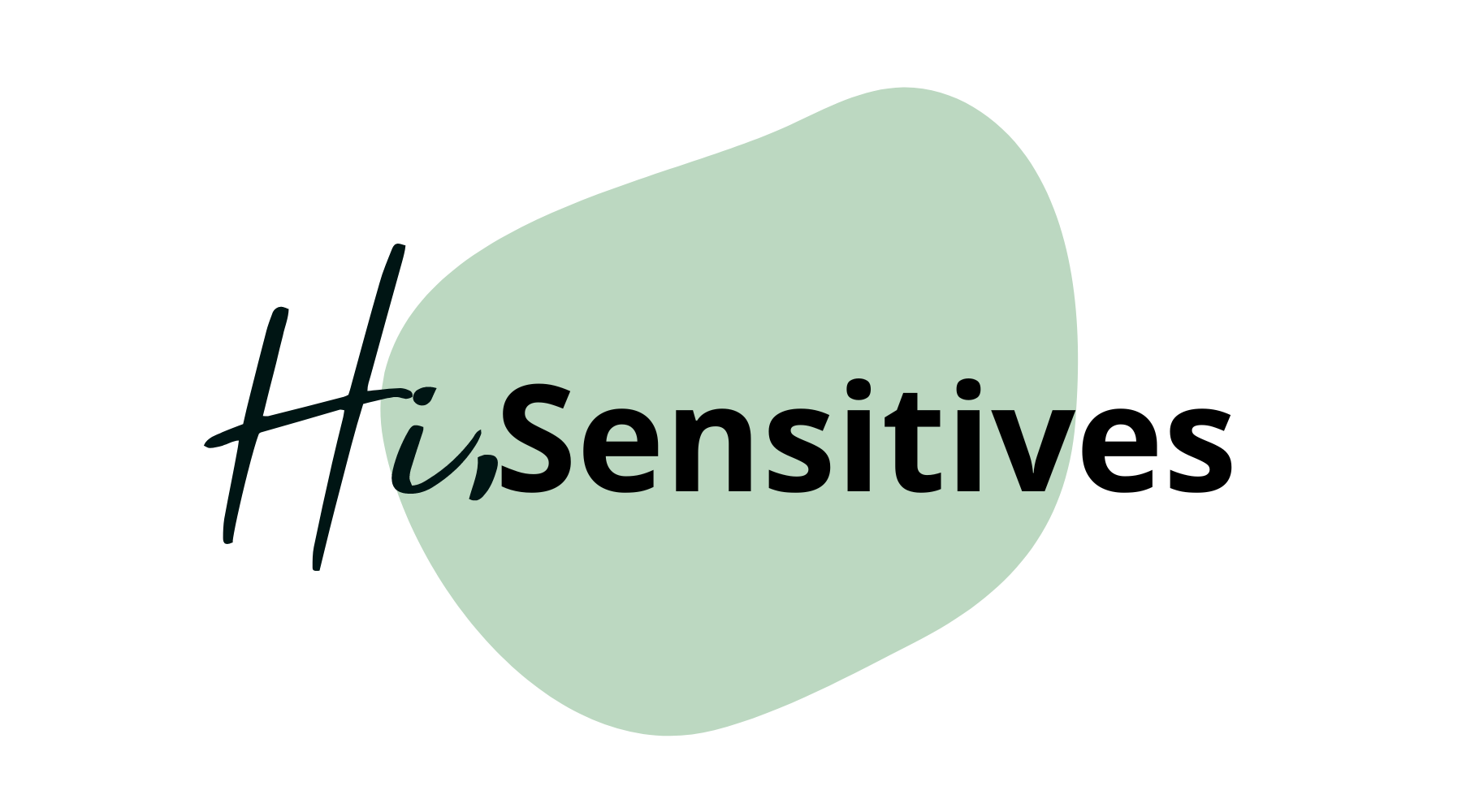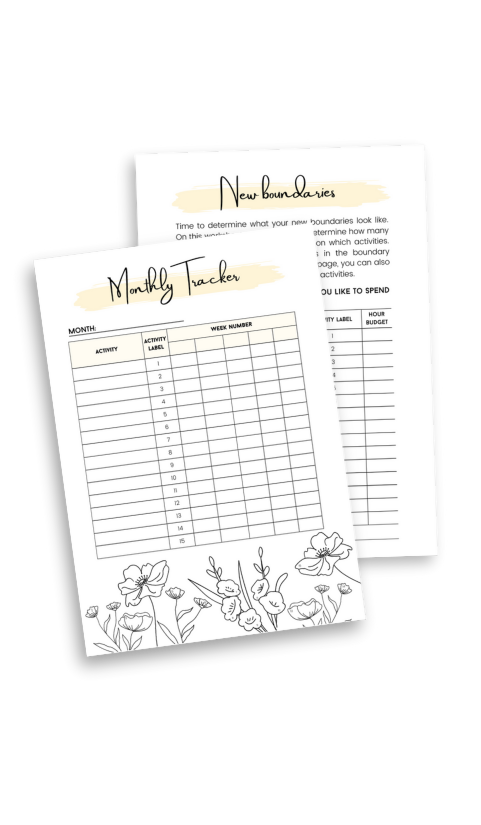Feeling overstimulated as a highly sensitive person? Discover 5 grounding gratitude practices for the HSP that soothe your nervous system and shift your mindset. Learn how to cultivate calm, even in chaotic moments, and explore rituals that bring peace, clarity, and balance.
Estimated reading time: 6 minutes
When you’re a highly sensitive person (HSP), even a normal day can sometimes feel like too much. The overstimulation builds, loud noises, intense conversations, too many tabs open in your brain, and suddenly, your nervous system is waving the white flag. I know the feeling all too well.
Just the other day, I found myself spiraling after receiving an unexpected bill I hadn’t planned for. My nervous system went into full stress mode: tight chest, shallow breathing, panic creeping in. It’s in these moments that gratitude becomes a lifeline. Not the performative kind, but the kind that truly brings you back into your body. The kind that reminds you, despite this stressor, you are safe, supported, and have overcome so much already.
If you’re wondering how to access gratitude when you’re in a state of overwhelm, I want to gently walk you through five ways to do just that as an HSP.

Why Gratitude is a Superpower When You’re Overstimulated as an HSP
When you’re overstimulated, it can feel like your entire world has been hijacked by one emotion. Everything feels louder, harder, heavier. But gratitude has this magical ability to shift your internal frequency… even if just a little. For HSPs, who process emotions deeply, gratitude can rewire the stress response and anchor you in resilience. When you practice gratitude regularly, you’re training your HSP nervous system to remember that even in chaos, there’s still beauty. And the more you practice, the easier it becomes to access when things feel overwhelming.
1. Anchor Yourself in the Present Moment with Subtle Grounding
Let’s face it: not every grounding ritual works in every setting. If you’re overstimulated in public, doing breathwork or meditating on a park bench might not feel right. What helps me in those moments is to simply close my eyes for a second, pull my energy back into my body, and envision anchoring myself deep into the earth. Then I picture a soft protective bubble around me: one that keeps out anything that doesn’t serve me and only allows in love.
From this grounded space, it becomes easier to access gratitude. Even something as small as “I’m grateful for the breeze” or “I’m grateful for this moment of pause” can break the cycle of overwhelm.
2. Reframe Stress with a Thankful Mindset
Let’s go back to that unexpected bill I mentioned earlier. In the past, it might’ve ruined my whole day. But I’ve learned to meet these moments with a shift in perspective:
“This is hard, but look how much I’ve already accomplished. Look what I’ve built with my husband. Look how resilient I’ve been in the past. I will find a way.”
That inner dialogue is everything. Gratitude doesn’t deny what’s hard. It holds space for it, while also shining a light on what’s still working. This is one of the most powerful empath gratitude practices you can try.
3. Make Gratitude a Daily Habit (Even in the Smallest Way)
One of my favorite rituals is writing in my gratitude journal each evening. It’s a simple moment of reflection that helps my body wind down and my mind soften. I even keep it on my bedside table to remind myself… just like brushing my teeth, this is part of my bedtime routine now.
But if journaling feels like too much, start small. Use your notes app on your phone to jot down 3 things you’re grateful for while sipping your tea. Set a reminder on your phone to do this at the same time each day. Over time, your brain will associate this practice with calm and safety. And the next time you feel overwhelmed, it’ll be easier to access that thankful mindset for HSPs like us.
4. Use Sensory Anchors to Spark Gratitude
Sometimes, gratitude needs a nudge when you’re dealing with the typical HSP challenges. That’s where comfort items come in. I love using sensory tools like a cup of calming herbal tea, my favorite essential oil blend, or holding a crystal that brings me peace. These little anchors help bring me back to my body and create a ritual space where gratitude can flow more freely. If you’re not sure where to start, try my favorite tip: spray your pillow with a lavender spray before bed. As you breathe it in, reflect on one thing that brought you joy today… no matter how small. These rituals matter, especially for HSPs whose systems crave soothing repetition.
5. Practice Gratitude Even in the Middle of the Mess
Here’s the truth: you don’t need to wait for things to be perfect to be grateful. In fact, gratitude is most powerful when practiced in the middle of the mess. That’s when it becomes your lifeline, your gentle rebellion against the chaos. So when your mind is cluttered, when your heart is tired, when you feel like everything is too much, ask yourself: “What am I still grateful for?”
It could be something as small as your morning coffee. The laugh you shared with someone. The fact that you made it through the day. Start there. It’s enough.
Let Gratitude Be Your Anchor as an HSP
Gratitude is not a toxic positivity tool. It’s a nervous system regulation tool. It’s a mindset that helps highly sensitive people like you and me come back to ourselves when the world gets loud. And just like any tool, it takes practice.
If you’d love more support creating calm, emotional balance, and healthy routines like this one, come join us in the HiSensitives Membership. Inside, you’ll find:
✨ Expert-led masterclasses on emotional resilience, self-care and nervous system regulation;
✨ Calming guided meditations and journaling prompts;
✨ A community of fellow HSPs who get it.
You don’t have to do this alone. Start your journey toward more calm, connection, and gratitude: one step at a time.
Just a little heads up: some of the links in this blog are affiliate links, which means if you click on them and make a purchase, we may earn a small commission at no additional cost to you. 😊
We only recommend products and services we genuinely believe in and have personally used or researched. Your support through these links helps us keep bringing you valuable content, so thank you for being amazing!
In this article, we collaborated with AI, meaning that the input and stories are original human ideas, but the text itself has been created with support from AI. All AI content is being edited and factchecked by our editor.







